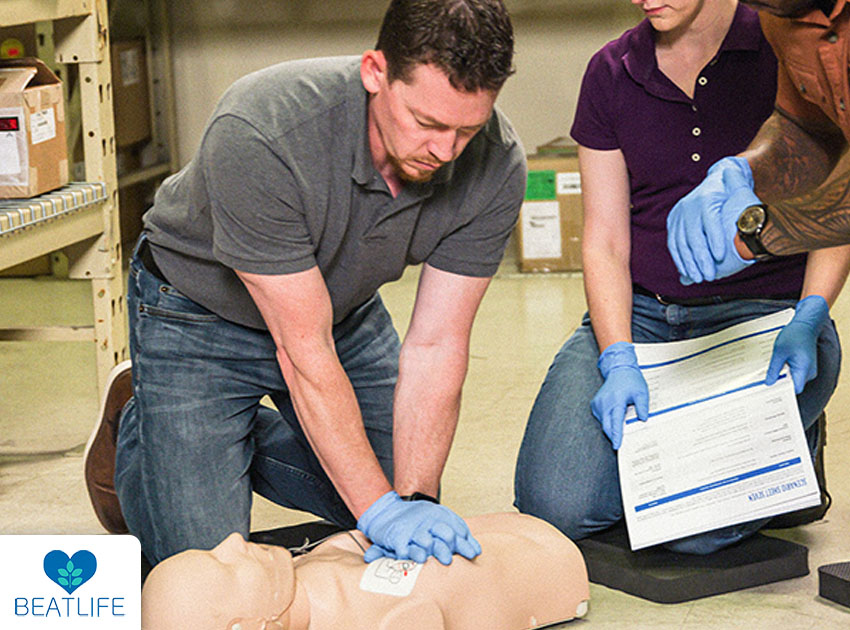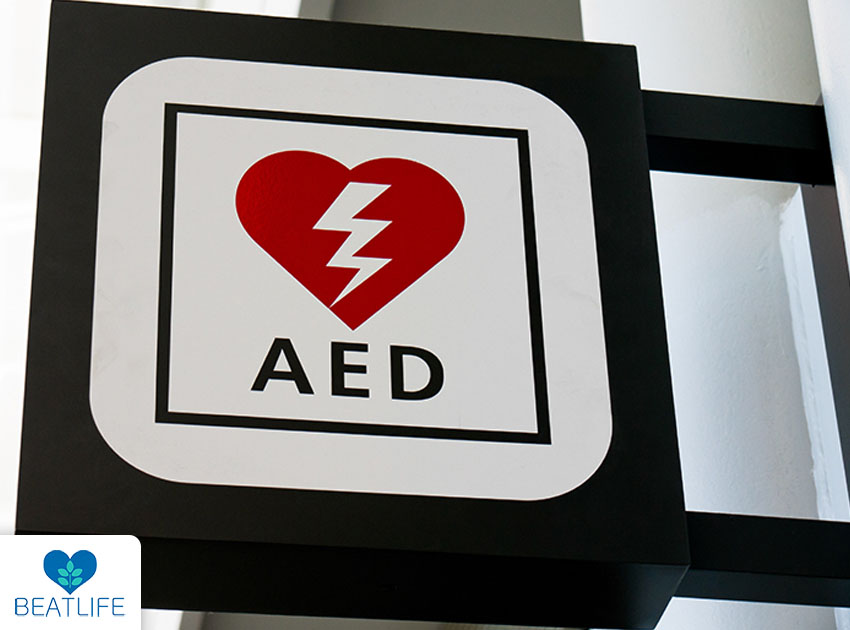Every second matters in serious medical circumstances like abrupt cardiac arrest. When used quickly and effectively, automated external defibrillators (AEDs) are vital devices that greatly improve survival rates. However, pauses in the resuscitation procedure might reduce the efficiency of AEDs. We will discuss the critical need to minimize interruptions when using an AED in this extensive guide, with an emphasis on the essential procedures, tactics, and best practices that guarantee an efficient and successful AED deployment. Our goal is to address this life-saving subject while providing a thorough guide on how to optimize AED usage to enhance patient outcomes.

Contents
What is recommended to minimize interruptions when using an AED?
A sudden cessation of heart function is the hallmark of sudden cardiac arrest, a potentially fatal disorder. Applying an AED right away in these circumstances can be crucial to preserving a person’s life. AEDs are small, portable electronic devices that can assess a patient’s cardiac rhythm and shock them with electricity to get their heartbeat back to normal. To increase survival chances, AED usage must be prompt and efficient, especially in the initial minutes following cardiac arrest.
The Impact of Interruptions
The proper use of an AED involves several steps, such as dialing for assistance, setting it up, assessing the victim’s cardiac rhythm, giving shocks if required, and providing excellent cardiopulmonary resuscitation (CPR). Any level of interruption can have serious repercussions.
- AED Application Delays: Quick AED application is the first step in reducing interruptions when using the device. It is imperative that AEDs are easily accessible in public areas since any delay might affect the entire response time.
- Analyzing Heart beat: It’s critical to quickly analyze the victim’s heart beat when the AED pads are connected. Life-saving shocks may not continue if this procedure is delayed.
- Shocking and CPR: AEDs may suggest shock therapy, which needs to be administered immediately to avoid disruptions. Delivering the shock quickly is essential for successful defibrillation. In a similar vein, keeping the quality of chest compressions high requires avoiding CPR pauses.
- Teamwork: When there are several responders involved, efficient teamwork helps prevent disruptions. Response time is improved and disruptions are reduced by designating an AED operator and making sure duties are defined.

Strategies to Minimize Interruptions
Coordination, training, and readiness are key to minimize interruptions when using an AED. The key strategies to do this are:
- Accessibility of Public AEDs: Strategic AED placement in public spaces is the first step to minimize interruptions when using an AED. In order to reduce disruptions when utilizing an AED, accessibility and visibility are essential.
- Public Awareness: AED usage and their significance are emphasized in public education initiatives. The key to minimize interruptions when using an AED is to encourage people to quickly call for assistance, get an AED, and utilize it right away.
- Certification and Training: In-depth courses give participants the skills they need to operate AEDs, guaranteeing quick and effective responses. For rescuers to be well-prepared, certification in the use of AEDs is essential.
- Good Communication: Defined responsibilities and unambiguous communication keep things running well when there are several respondents. A coordinated response is ensured by designating a CPR and AED operator.
- Not a Rupture CPR: “No interruption” or “hands-only” CPR is advised in order to reduce disruptions. This is doing chest compressions continuously while using an AED in order to maintain response to minimize interruptions when using an AED.
- Monitoring and Feedback: Responders are assisted in maintaining uninterrupted, effective chest compressions by AEDs that offer real-time feedback on the quality of CPR performed. AED functioning is improved by CPR feedback device such as Beatlife’s CPRmeter.
Research and Evidence
A great deal of research emphasizes how important it is to keep disruptions to a minimum. Negative effects are seen on survival rates for every second if defibrillation is delayed. Reducing disruptions during cardiac arrest reactions is important, according to leading medical organizations like the American Heart Association (AHA).
Conclusion
As you have read it is crucial to minimize interruptions when using an AED to improving survival chances in cases of sudden cardiac arrest. AEDs are able to save lives because of effective coordination, public awareness, and training. this comprehensive and evidence-based guide offers a thorough review of the tactics and procedures necessary for a smooth AED deployment. We can all work together to enhance emergency response and save lives in dire circumstances by putting these suggestions into practice. Remember that every second counts in cases of abrupt cardiac arrest.

